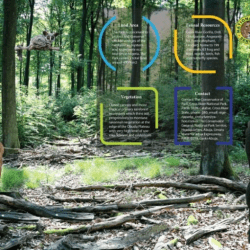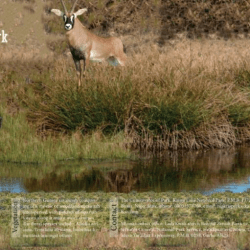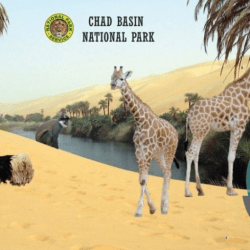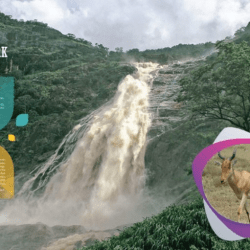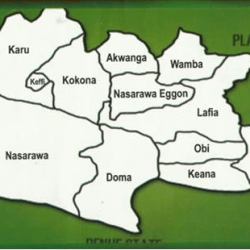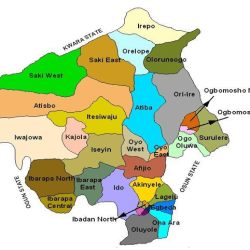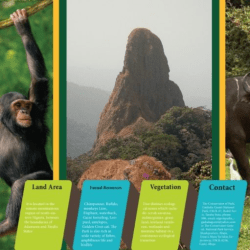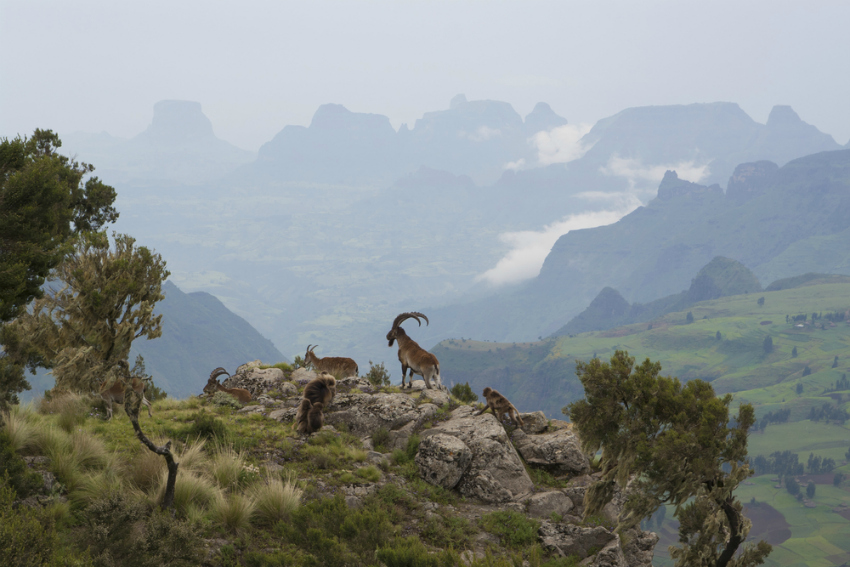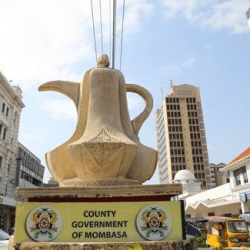The Park derives its name from the ruins of Oyo-Ile (Old Oyo) the ancient political capital of Yoruba Empire.
The Park is made up of two previous Native Administrative forest Reserves, the Upper Ogun (1936) and Oyo-ile (1941) Forest Reserves.

These unique ecosystem and historical relics were converted to Game Reserves in 1952 and finally upgraded to the present status of a National Parks.
Location:
The Park has total land mass of 2,512km2 and is located in south West park of Nigeria, specifically Northern Oyo State at latitude 8o 15’ and 9o 00’N and longitude 3o 35’ and 4o 42’ E. The location has inevitably placed the Park at a vantage position of abundance land area as well as diverse wildlife and cultural/historical settings. Eleven (11) Local Government areas out of which Ten (10) falls within Oyo State and one (1) in Kwara State surround it. The Administrative Head Office is located in Oyo, Isokun area along Oyo-Iseyin road, where necessary information and booking could be made. The landscaping and organized space within the large yard has made the facility very endearing to the public.
Geographic features:
The topography of the whole area covered by the Park has a beautiful uniqueness as most of the Park lie in plain lowland between 330 and 508 meters above the sea level and continues with a gentle slope along the Ogun River valleys. Outcrops of granite characterize the North Eastern Zone of the Park especially at Oyo-ile. The central part of the Park has isolated hills and ridges of numerous rock outcrops. The extreme Northern part on its own has caves as well as rock shelters dominating the axis.
The drainage system is also interesting as the Park is well drained by rivers Ogun, Owu, Owe and their tributaries in the central and southern parts, while river Tessi drains the North-East part of the Park. For Eco-tourism development the inventory list with cognizance to the topography of the Park, inevitable include the rock out-crops (for mountaineering), Ikere Gorge Dam/River Ogun (for water recreation) and the archaeological endowments of Oyo-Ile (for Cultural/Historical).
Reference: Old Oyo National Park (nigeriaparkservice.gov.ng)
